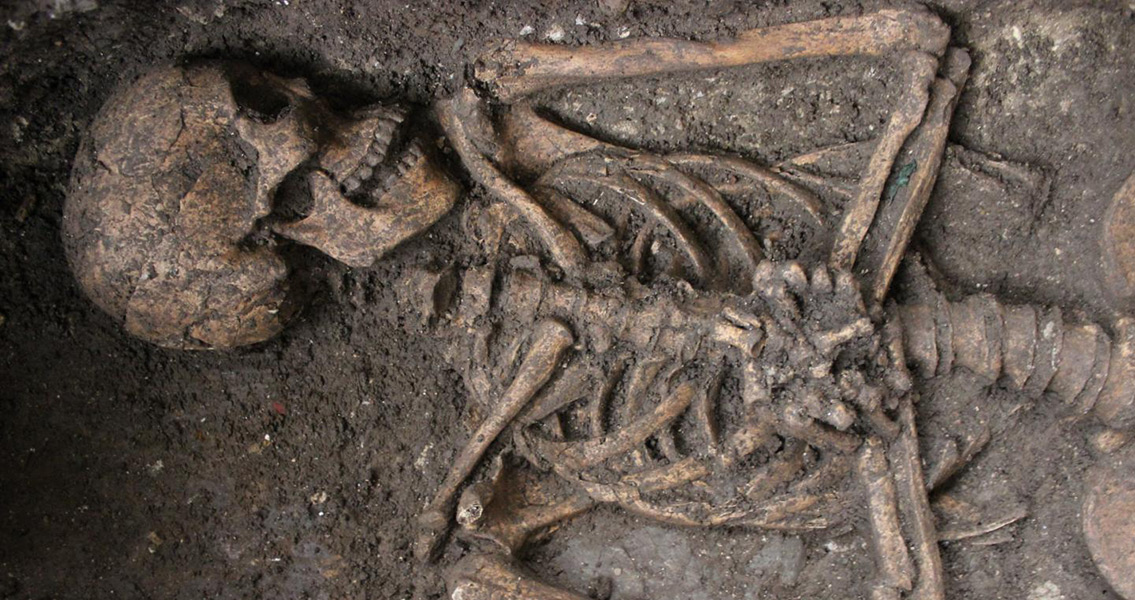<![CDATA[The history of the European colonisation of Asia is being drastically rewritten, thanks to a startling new study from the University of Konstanz. Among other things, the recently published research points to areas of the Asia-Pacific region having become hubs of globalisation much earlier than typically believed. Excavations carried out in Taiwan show the region was heavily influenced by European colonisation from the early seventeenth century. According to the study authors, although this fact is not groundbreaking in itself, researchers have nevertheless tended to neglect this period of Asian history and underestimate how far globalisation had reached into the region. Directed by María Cruz Berrocal, a Research Fellow at the Zukunftskolleg of the University of Konstanz associated with the Department of History and Sociology, the new excavations in Northern Taiwan are looking to reverse this trend, shedding new light on what is described as a time of proto-globalisation. The excavations have focused on San Salvador de Isla Hermosa, an early Spanish settlement on the small island of Heping Dao. Since 2011, a host of artefacts have been recovered which show just how radically affected the island was by the first European colonists from Spain. Founded as a Spanish colony in 1626, San Salvador de Isla Hermosa was later taken over by the Dutch in 1642. It was then annexed by China, before being occupied by Japan until the end of the Second World War. Berrocal's international group unearthed far more evidence of European influence than they'd expected. Of particular note was the discovery of the foundations of a Christian church or convent and an associated cemetery. "Our findings demonstrate that this colony did not play a marginal role. Taiwan was a juncture for commercial relations in the Pacific region and therefore a hub for extensive interaction," explained María Cruz Berrocal in a University of Konstanz press release. Six burials and other dislocated sets of human remains have been unearthed near the church since the excavations started. One of the most interesting was a skeleton buried with hands folded in prayer. "These are the first European burials from this time period discovered in the entire Asia-Pacific region and they contain the first documented human remains. The colonial cemetery that we unearthed is also the oldest in the region," said Berrocal. Various analyses are currently being carried out on the remains uncovered at the site, including bone, teeth and isotopic studies. So far, the results have been fascinating. The remains belonged not just to people from Asia, but also Europe and Africa too, pointing to the extensive international networks the small island found itself in at the start of the seventeenth century. The team is now looking to carry out research on the indigenous population, to measure the extent of interaction with these international visitors. The remains of San Salvador de Isla Hermosa are providing stunning insight on the extent of globalisation in this remote region of the world, showing how quickly the arrival of Europeans exposed the region to complex global networks of trade, and just how quickly the colonists left their mark on the territories. "The results demonstrate that we are dealing with an early globalisation hub here. The Spanish-style construction of the church illustrates that this colony was just as important to the Spanish Crown as other colonies established elsewhere, as in the Americas, for example." concluded Berrocal. "However, its attempt to gain a long-term foothold in the Pacific region was ultimately unsuccessful. For this reason, historians have since assumed that Taiwan only played a marginal role. But that is not the case," concludes María Cruz Berrocal. Image courtesy of University of Konstanz ]]>
Colonisation and Globalisation Hit Asia Much Earlier Than Thought
